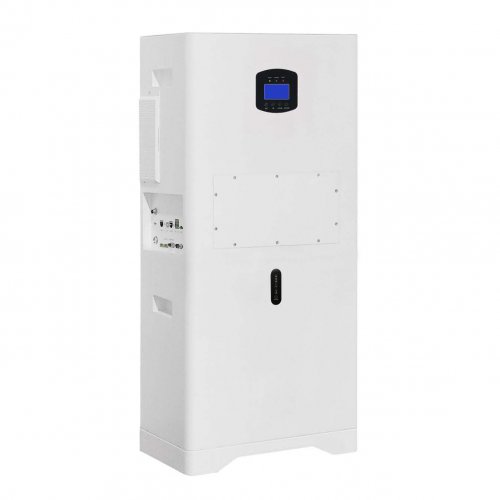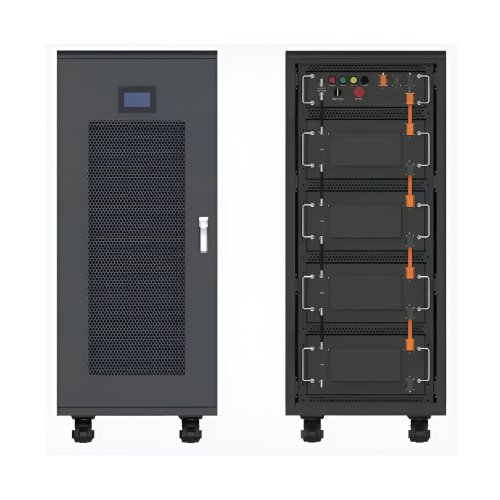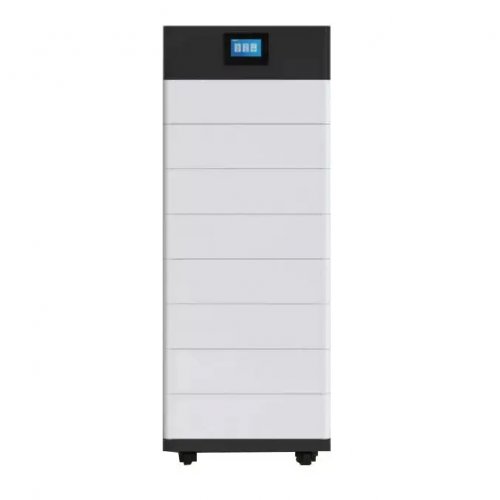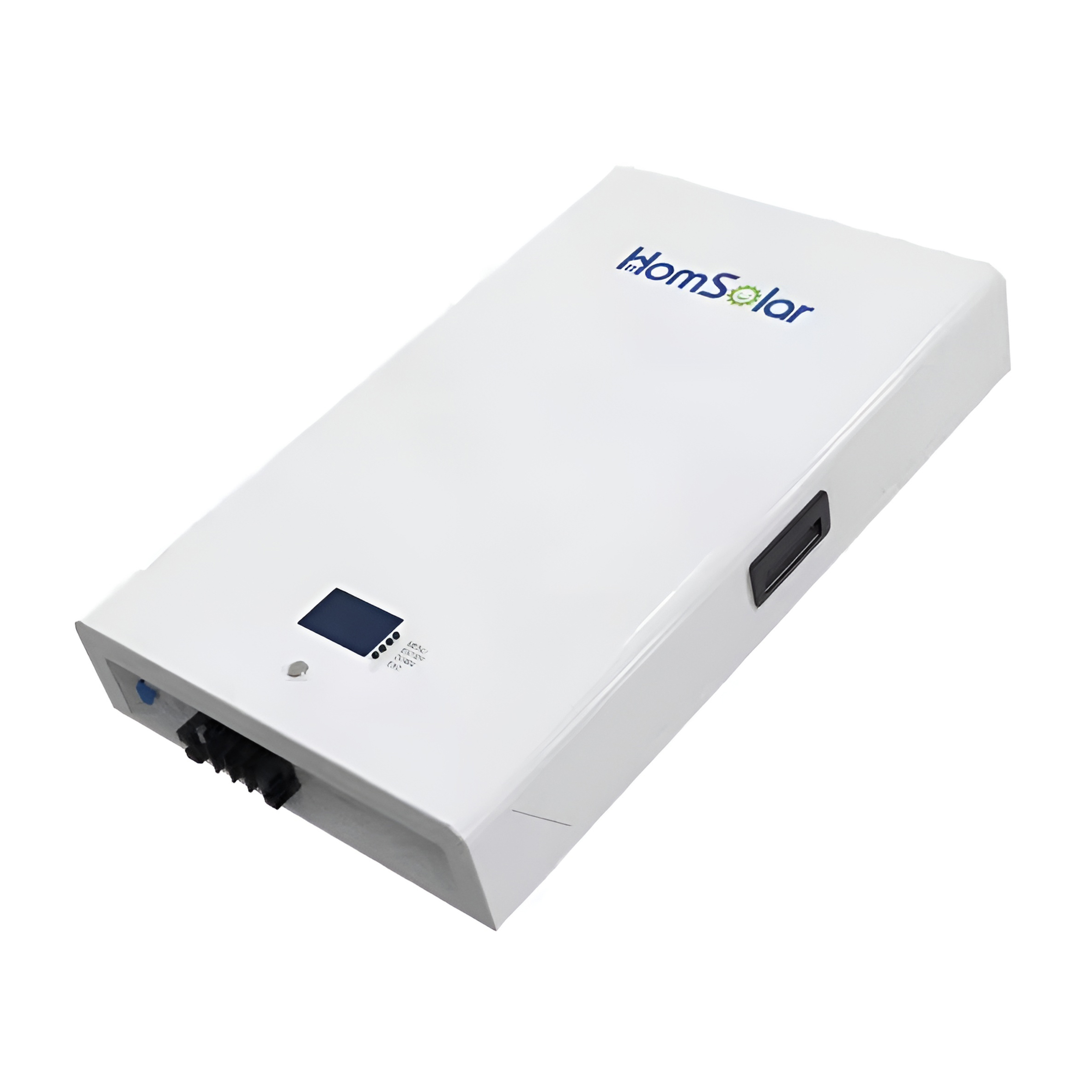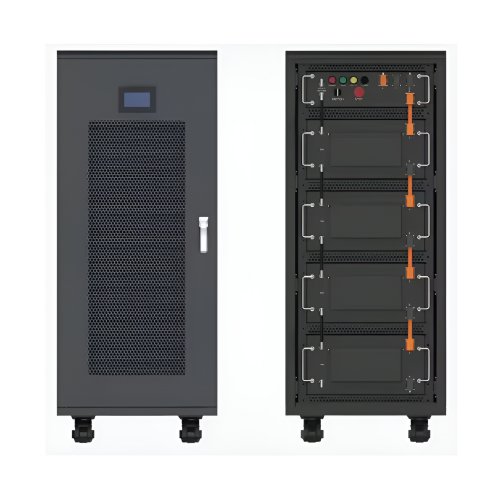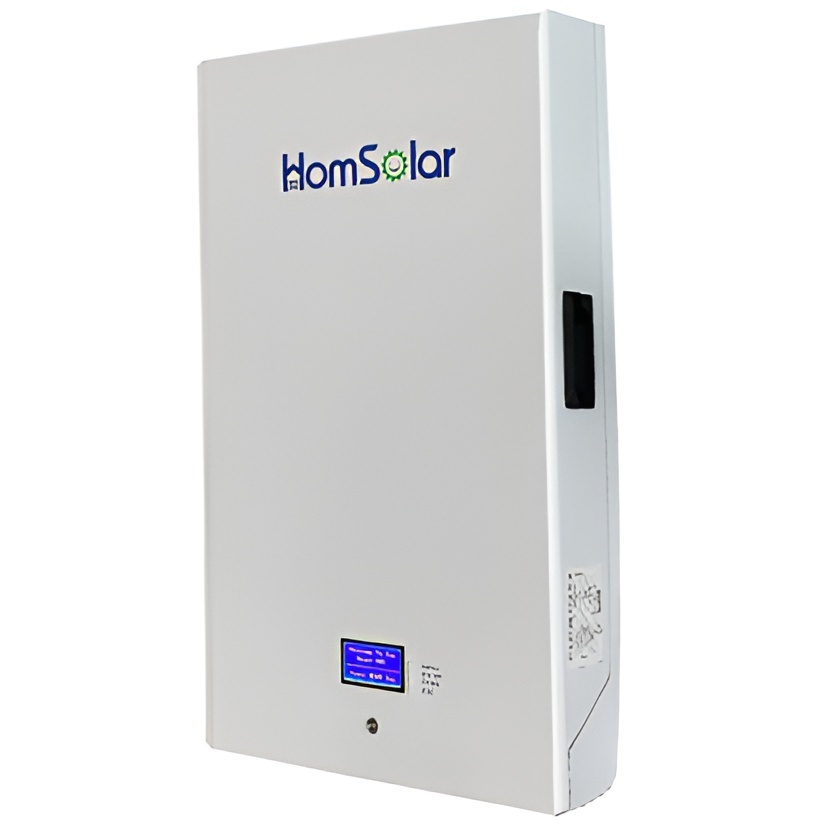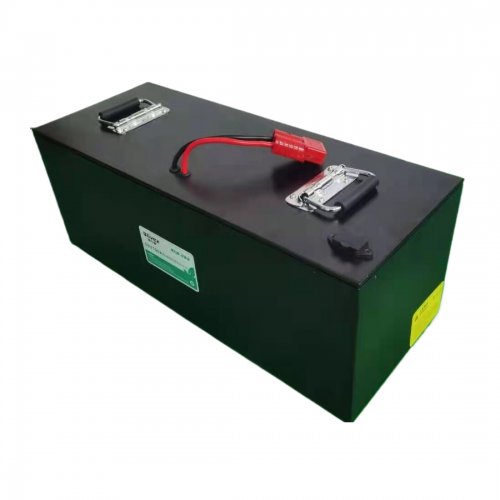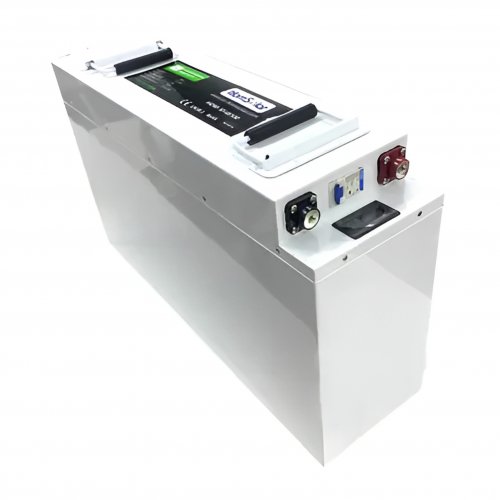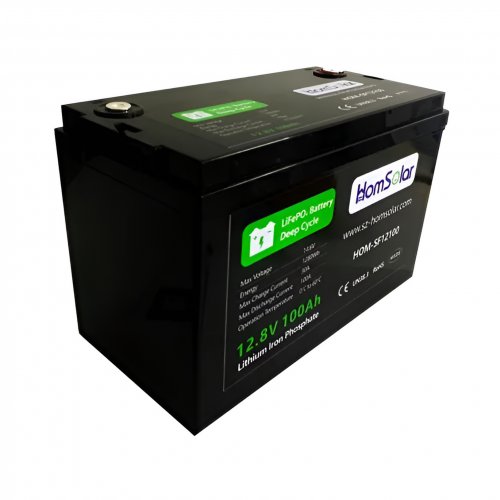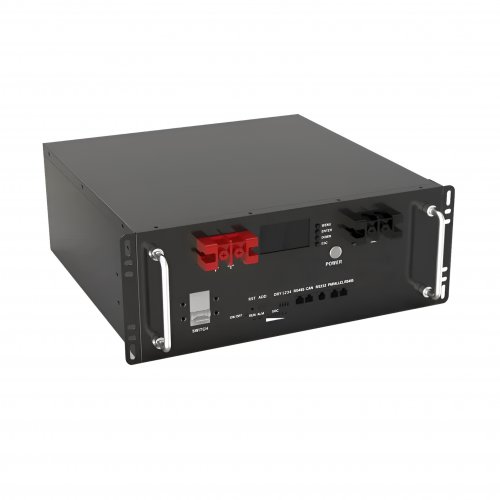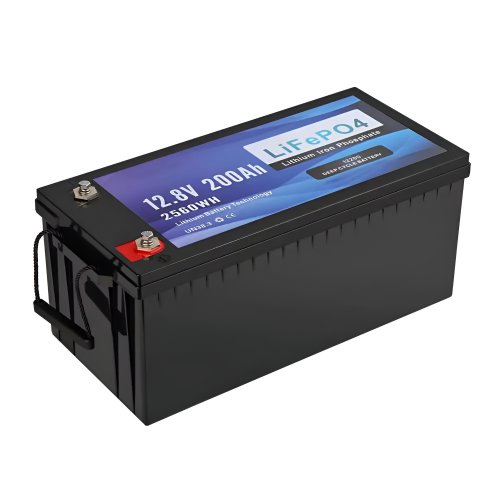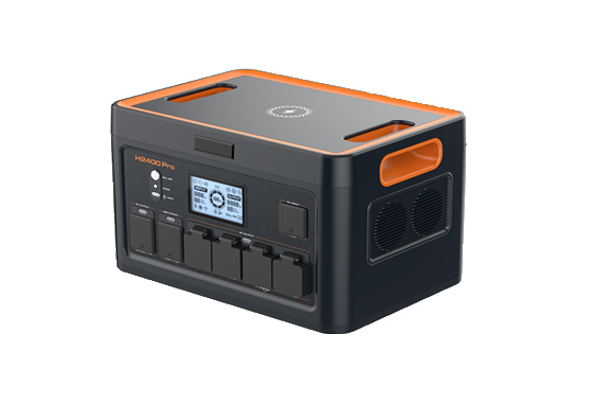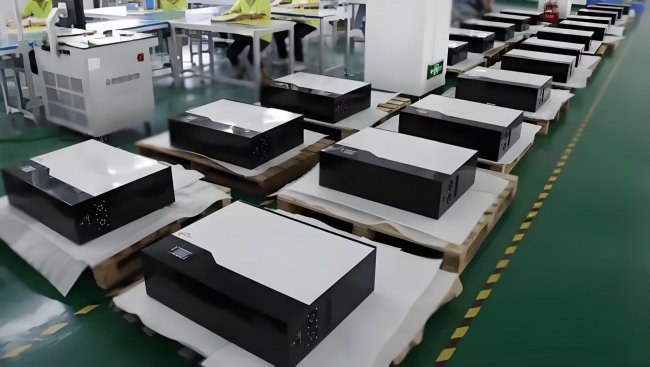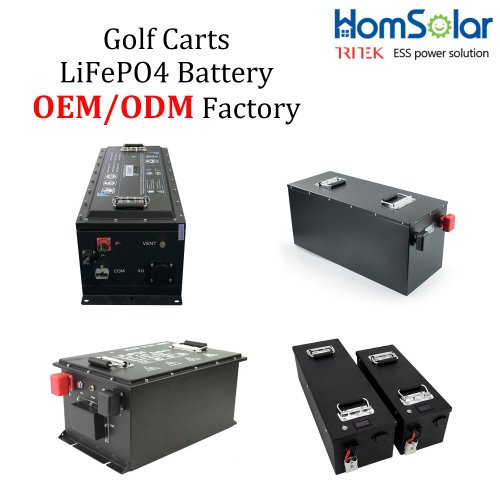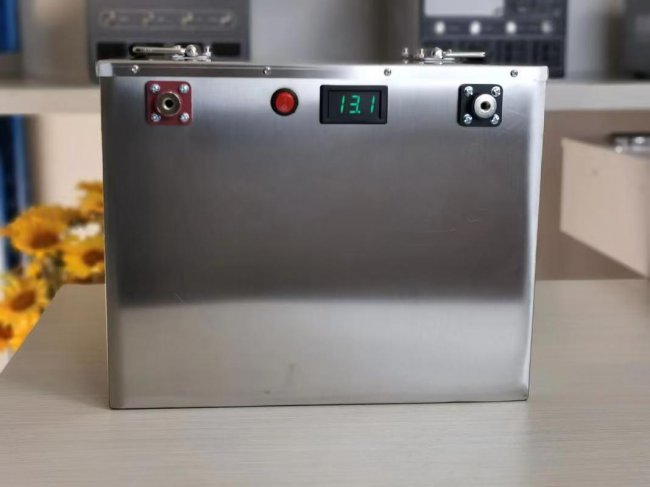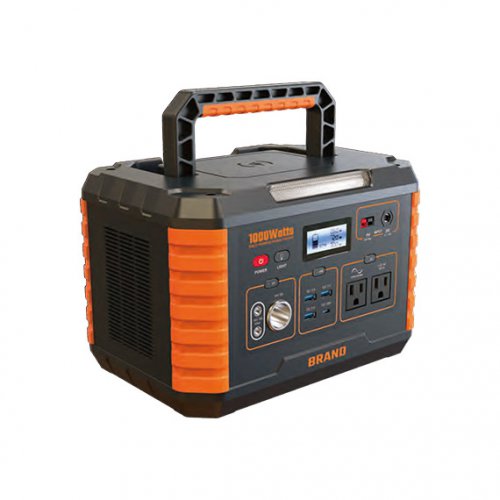Actionable insights to safeguard solar projects from hail damage
From pv magazine USA
In the first installment of this two-part series on hail loss prevention, I presented the results of a real-world case study demonstrating the efficacy of the solar industry’s hail defenses. Specifically, three projects in Fort Bend County, Texas—Cutlass I, Cutlass II and Old 300—successfully used defensive hail stow procedures to weather a series of 1-in-500-year hail events, one of which produced hailstones up to 100 mm as measured by radar.
The hail defense success stories from Fort Bend County stand in stark contrast to the significant damage suffered at the nearby Fighting Jays project, as reported by news outlets. The effective implementation of operational hail stow protocols accounts for these very different outcomes. Here, in Part 2 of this series, I provide some best practices for operational hail defenses, offering specific, actionable insights proven to safeguard solar projects against hail damage.
Site risk and project resilience
The foundation of effective hail protection begins with accurate risk assessment and equipment selection. As a best practice, project stakeholders should require hail monitoring and tracker stow for project sites where the return interval for ≥45-mm hail (as determined by the 95th percentile largest hail diameter) is 100 years or less. This conservative return interval threshold accounts for forecast uncertainties and climate change effects, which are expected to increase hail frequency in the Northeast and hail size in other regions.
In addition to hail stow, PV module selection significantly impacts resilience. Hail durability test results published by RETC show the effect of module glass thickness and strength on hail resilience. Specifically, modules made with 3.2-mm fully tempered front glass are approximately twice as resilient to hail as modules made using 2.0-mm heat-strengthened front glass. Though 2.0-mm dual-glass bifacial modules are the most common module type in the United States, project stakeholders can improve asset resilience by fielding 3.2-mm front glass modules in hail-prone regions.
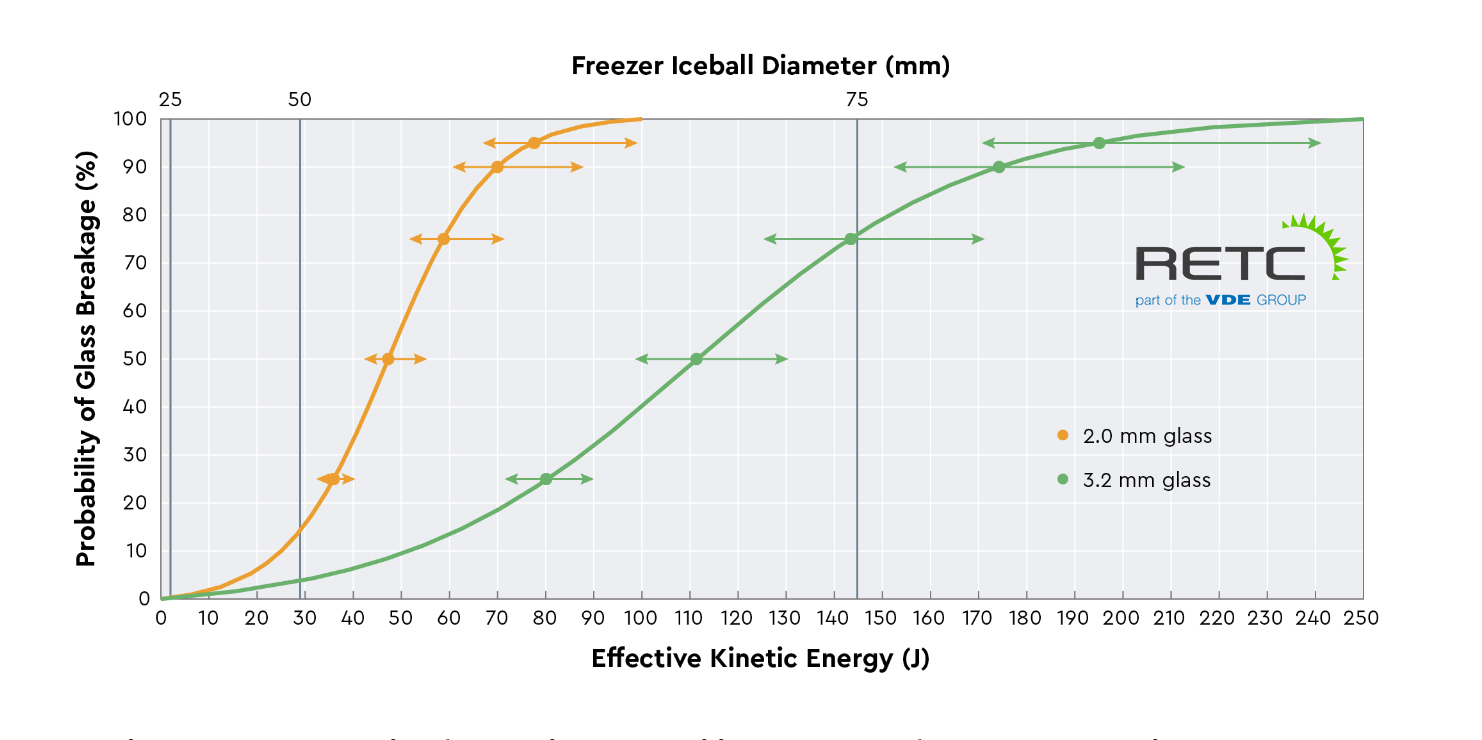
Hail alert and response
At VDE Americas, we recommend a two-tiered alert system to initiate hail stow. The first tier is a preemptive stow response that utilizes National Weather Service severe thunderstorm watches and warnings to trigger hail stow consistent with tracker manufacturer guidelines. All else being equal, hail stow defenses are optimized by moving modules to the highest tilt angle the tracker can attain, facing away from the prevailing wind direction.
The second tier uses specialized alerts from a qualified weather alert service provider to trigger hail stow to the closest extreme angle the tracker can attain without going through the flat position, which is where modules are most vulnerable to hail damage. As the primary alert threshold, we recommend triggering hail stow when a storm is detected within 30 miles that has a ≥30% probability of severe hail (≥0.75 inches in diameter). Secondarily, we recommend triggering hail stow whenever a storm with severe hail is detected within 5 miles, regardless of hail event probability. To qualify weather alert providers, we recommend a validation study that compares the accuracy and timing of the historical alerts to radar-based observations or on-site hail measurements.
To avoid communication failures and critical delays, alerts from weather alert service providers should interface with the project’s SCADA (Supervisor Control and Data Acquisition) system through API integration—not email—ideally at a one-minute interval. Note that remote operations centers should always be staffed and should have clear procedures for both automated and manual stow initiation. If automated systems don’t respond to a hail alert within one minute, operations center staff should immediately engage manual backup protocols.
Default protocols and testing
Site-specific hail stow protocols should include guidelines to minimize risk during construction, when hail monitoring and stow are not yet operational, and during overnight hours. Although hail is most likely to occur in the late afternoons or early evenings, the Fort Bend County case study demonstrates that severe hail can occur at any time. Specifically, the March 16, 2024, hailstorm that damaged Fighting Jays hit the project around 2:30 a.m. local time.
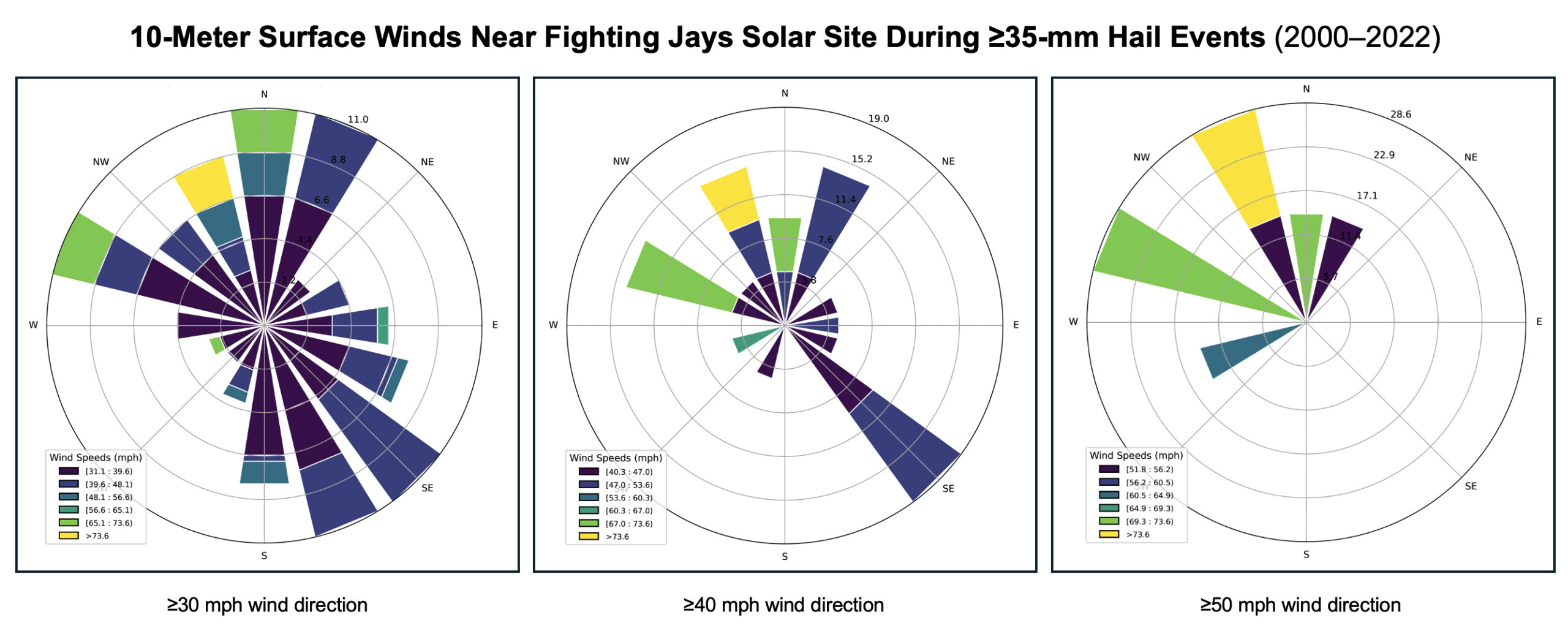
Customized/OEM/ODM Service
HomSolar Supports Lifepo4 battery pack customization/OEM/ODM service, welcome to contact us and tell us your needs.


HomSolar: Your One-stop LiFePO4 Battery Pack & ESS Solution Manufacturer
Our line of LiFePO4 (LFP) batteries offer a solution to demanding applications that require a lighter weight, longer life, and higher capacity battery. Features include advanced battery management systems (BMS), Bluetooth® communication and active intelligent monitoring.

Customised Lithium Iron Phosphate Battery Casing
ABS plastic housing, aluminium housing, stainless steel housing and iron housing are available, and can also be designed and customised according to your needs.

HomSolar Smart BMS
Intelligent Battery Management System for HomSolar Energy Storage System. Bluetooth, temperature sensor, LCD display, CAN interface, UART interface also available.


Terminals & Plugs Can Be Customized
A wide range of terminals and plugs can be customised to suit the application needs of your battery products.

Well-designed Solutions for Energy Storage Systems
We will design the perfect energy storage system solution according to your needs, so that you can easily solve the specific industry applications of battery products.



About Our Battery Cells
Our energy storage system products use brand new grade A LiFePO4 cells with a battery lifespan of more than 4,000 charge/discharge cycles.



Applications in Different Industries
We supply customized & OEM battery pack, assemble cells with wiring, fuse and plastic cover, all the cell wires connected to PCB plug or built BMS.
Applications: E-bike, Electric Scooter, Golf Carts, RV, Electric Wheelchair, Electric Tools, Robot Cleaner, Robot Sweeper, Solar Energy Storage System, Emergency Light, Solar Power Light, Medical Equipment, UPS Backup Power Supply.
We can provide you with customized services. We have the ability to provide a vertical supply chain, from single cells to pack/module and to a complete power solution with BMS, etc.


HomSolar (Shenzhen) Technology Co., Ltd







